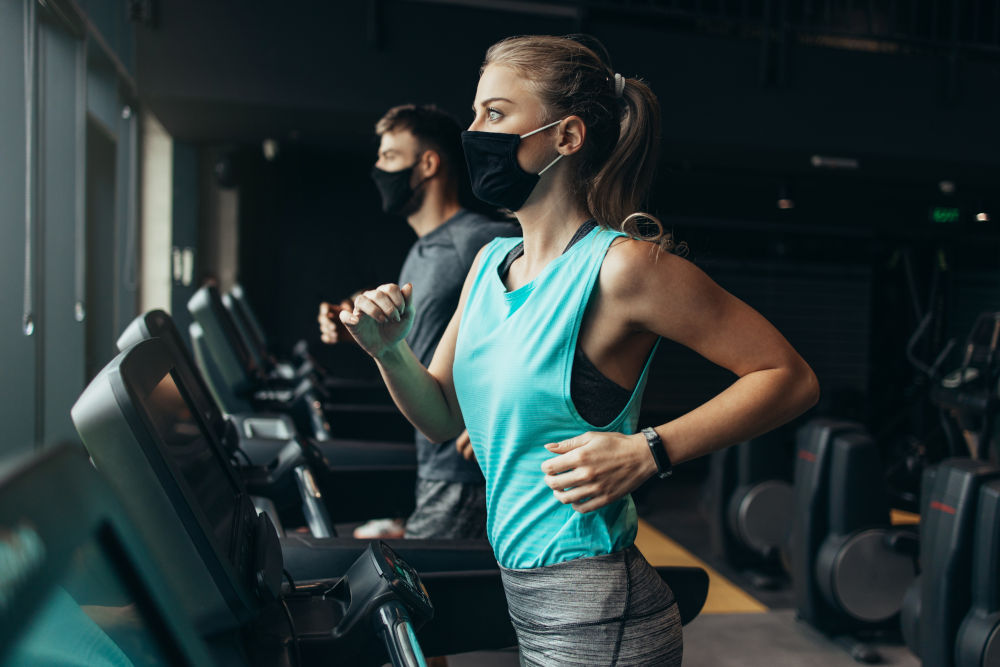Covid-19: a guide for manufacturers of barrier masks for sports use

Since the outbreak of the Covid-19 pandemic, sporting activities have been severely disrupted. Successive confinements have reinvigorated jogging, but left users of gyms, clubs and parks subject to extended closures at home. And let’s face it: it’s hard to work out wearing a mask! Even a barrier mask designed according to the AFNOR SPEC S76-001 guide, which AFNOR made available to the general public and industry in March 2020.
AFNOR SPEC S70-001: the work of 70 experts
However, AFNOR has repeated the exercise by making available – this time, only to manufacturers – a new guide setting out the minimum requirements for designing a barrier mask for both occasional and professional sportsmen and women. Available for free download since February 13, 2021, the AFNOR SPEC S70-001 guide is the result of the work, in a very short space of time, of a group of 70 experts led by Union Sport et Cycle and its members, with the active support of the French Ministry of Sport. It enables manufacturers to prepare sports enthusiasts in enclosed environments (gyms, fitness rooms, etc.) to resume their activities once they are once again permitted, in addition to barrier gestures and physical distancing rules. On this point, please refer to the instructions issued by the Ministry and the relevant sports federations.
Minimum requirements for design and testing
The document lists requirements in particular on :
- head adjustment device
- material filtration efficiency and dimensions
- breathing resistance and air permeability
- the carbon dioxide content of inhaled air.
The guide gives advice on optimal use, with diagrams, bearing in mind that by definition, for sporting use, with the perspiration it involves, the barrier mask will need to be renewed and washed more frequently than for non-sporting use. On this point, the manufacturer should provide maintenance recommendations. In terms of packaging, the document proposes a compromise that allows the mask to remain firmly in place on the face while the wearer performs multiple movements, and to breathe comfortably despite the breathlessness caused by these same movements. All without excessive tightening, to avoid head discomfort.
AFNOR SPEC S70-001: a complete test protocol
An entire chapter is devoted to test methods, bearing in mind that sports barrier masks are not subject to mandatory conformity assessment. In practice, the mask should be tested on a subject running on a flat track, at a steady speed that enables him to hold a conversation. The test should last 10 minutes without interruption and without removing the mask. The manufacturer is responsible for its state-of-the-art design, manufacture and production quality control. A laboratory can be called in to verify the required performance. Lastly, a declaration of conformity is required when masks are marketed.